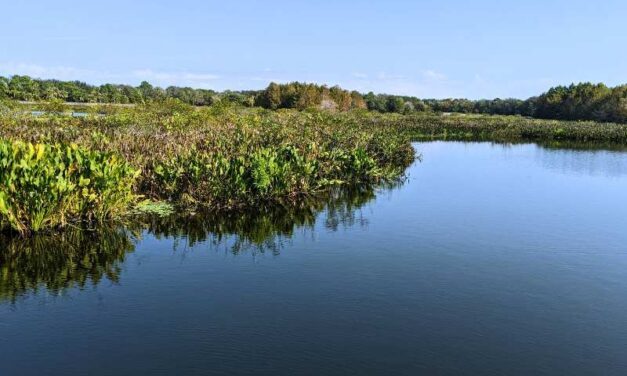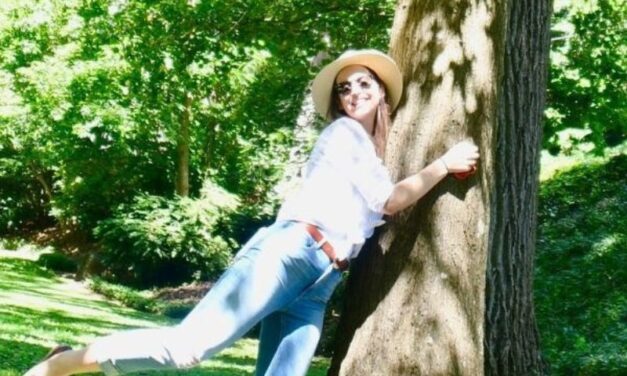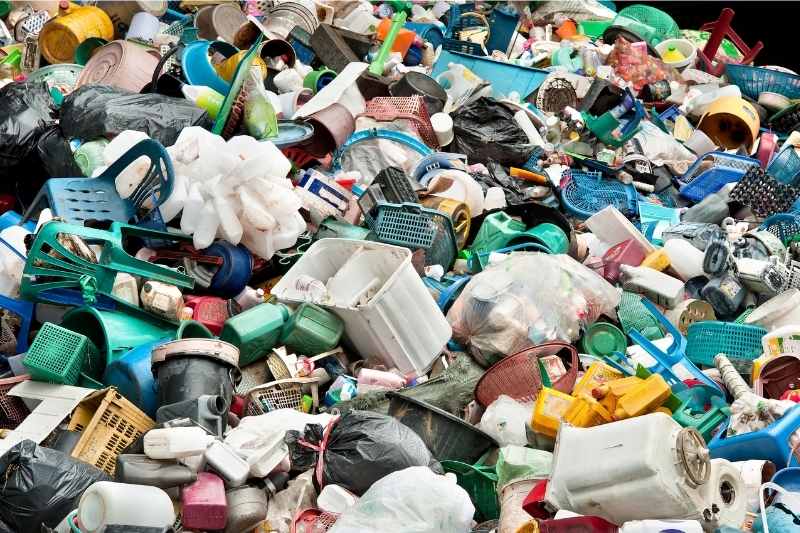Tag: Carbon Reduction
The Florida Everglades Great Carbon Sink is in Trouble
Carbon sinks are naturally occurring or artificially created reservoirs that absorb more carbon-based compounds than they release.
Read MoreTravel Lite Eco-Journey Spotlight: Think Green On the Go
Our Travel Lite Eco-Journey guides you to seek sustainable travel alternatives when you can and targets your carbon impact while on the go.
Read MoreOPL Spotlight: Lesley Dennison Shares Tips from her Sustainability Journey
Lesley Dennison’s first tip: Everybody’s sustainability journey looks different. Choose Joyful Changes that work for you.
Read More
Recent Posts
-

-
 Decadent Chocolate and Strawberry TartJul 1, 2025
Decadent Chocolate and Strawberry TartJul 1, 2025 -
 Creamy Banana “Nice Cream”Jul 1, 2025
Creamy Banana “Nice Cream”Jul 1, 2025 -
 Deliciously Vibrant Veggie Pizza For SharingJul 1, 2025
Deliciously Vibrant Veggie Pizza For SharingJul 1, 2025 -
 Hawaiian-style Fried RiceJul 1, 2025
Hawaiian-style Fried RiceJul 1, 2025








